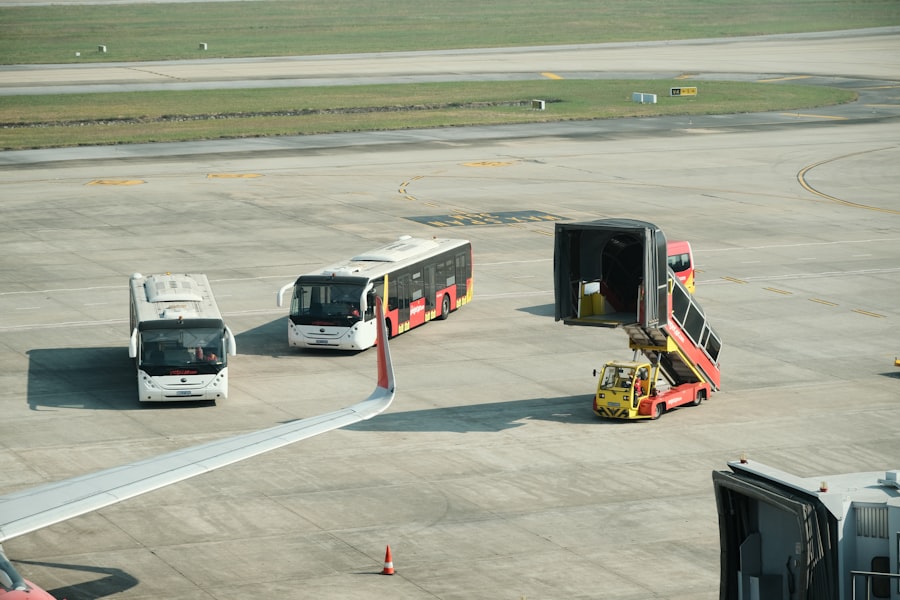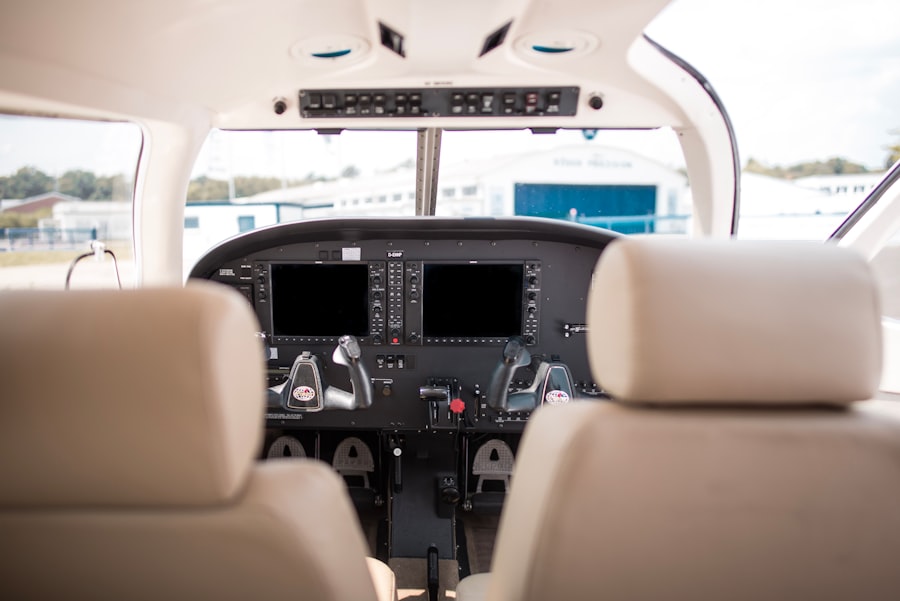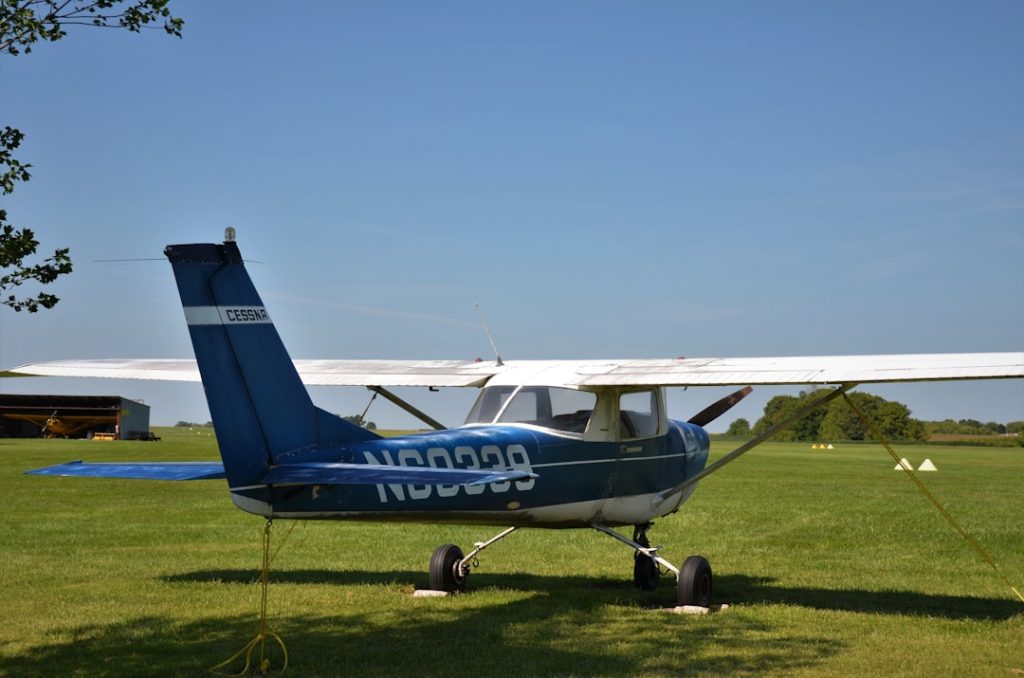The Airbus A380-800, a marvel of modern engineering, stands as a testament to the ambitious vision of commercial aviation. Launched in 2005, this double-deck, wide-body aircraft has redefined the standards of air travel, offering unparalleled capacity and comfort. With its first commercial flight taking place in October 2007, the A380-800 quickly garnered attention for its impressive size and innovative design.
It was conceived during a time when airlines were seeking to accommodate increasing passenger numbers while simultaneously addressing the challenges of airport congestion and environmental concerns. The A380-800 is not merely an aircraft; it represents a significant leap in aviation technology. With a wingspan of approximately 79.7 meters and a length of 72.7 meters, it is the largest passenger airliner in the world.
The aircraft can carry more than 500 passengers in a typical three-class configuration, with some airlines opting for an all-economy layout that can accommodate over 800 travelers. This capacity allows airlines to maximize efficiency on high-demand routes, making the A380-800 a popular choice for long-haul flights between major international hubs.
Key Takeaways
- The Airbus A380-800 is the world’s largest passenger aircraft, capable of carrying up to 853 passengers in a single-class configuration.
- The A380-800 features a unique double-deck design, with four engines and a wingspan of 79.8 meters, making it an iconic and recognizable aircraft.
- The interior of the A380-800 offers spacious and comfortable seating, with the ability to accommodate various cabin configurations, including first-class suites, business class, and economy class.
- The A380-800 is known for its impressive performance and efficiency, with a range of 8,000 nautical miles and advanced technology to reduce fuel consumption and emissions.
- Airlines such as Emirates, Singapore Airlines, and Lufthansa operate the A380-800 on popular long-haul routes, offering passengers a luxurious and memorable flying experience.
Design and Features of the A380-800
The design of the Airbus A380-800 is characterized by its distinctive double-deck structure, which not only enhances its aesthetic appeal but also contributes to its operational efficiency. The aircraft’s wings are designed with advanced aerodynamics in mind, featuring wingtip fences that reduce drag and improve fuel efficiency. The A380-800’s wings are among the largest ever built for a commercial aircraft, spanning nearly 80 meters and incorporating state-of-the-art materials such as carbon-fiber-reinforced plastic.
This innovative use of materials helps to reduce weight while maintaining structural integrity. In addition to its impressive wingspan, the A380-800 boasts a spacious cabin that is designed with passenger comfort in mind. The aircraft features wider aisles and larger windows compared to traditional airliners, allowing for a more pleasant flying experience.
The cabin is equipped with advanced lighting systems that can be adjusted to create different moods throughout the flight, enhancing passenger comfort during long journeys. Furthermore, the A380-800 incorporates cutting-edge technology in its cockpit, including fly-by-wire controls and advanced navigation systems that improve safety and operational efficiency.
Capacity and Interior of the A380-800

One of the most striking aspects of the Airbus A380-800 is its remarkable capacity. Depending on the airline’s configuration, the aircraft can accommodate anywhere from 555 to over 800 passengers. In a typical three-class layout, airlines often configure the A380-800 to seat around 555 passengers, with spacious first-class suites, comfortable business class seats, and a large economy class section.
This versatility allows airlines to tailor their offerings based on route demand and passenger preferences. The interior of the A380-800 is designed to provide an exceptional travel experience. Many airlines have taken advantage of the aircraft’s spaciousness to create unique cabin layouts that include lounges, bars, and even showers in some first-class configurations.
For instance, Emirates has gained notoriety for its luxurious onboard amenities, including an onboard lounge where passengers can socialize and enjoy refreshments during their flight. The cabin design also emphasizes noise reduction, with soundproofing materials used throughout to create a serene environment conducive to relaxation or work.
Performance and Efficiency of the A380-800
| Metrics | Value |
|---|---|
| Maximum takeoff weight | 1.2 million lbs |
| Cruising speed | 560 mph |
| Range | 8,000 nautical miles |
| Passenger capacity | 555-850 |
| Fuel efficiency | 0.033 nautical miles per gallon per seat |
The performance metrics of the Airbus A380-800 are impressive, particularly when considering its size. Powered by four Engine Alliance GP7200 or Rolls-Royce Trent 900 engines, the A380-800 can achieve a cruising speed of approximately Mach 0.85. This speed allows airlines to operate efficiently on long-haul routes while maintaining competitive travel times.
The aircraft’s range is another notable feature; it can fly up to 15,200 kilometers (about 8,200 nautical miles) without refueling, making it suitable for intercontinental flights. In terms of fuel efficiency, the A380-800 has made significant strides compared to earlier generations of large aircraft. Its advanced aerodynamics and lightweight materials contribute to a lower fuel burn per passenger compared to smaller jets operating on similar routes.
According to Airbus, the A380-800 consumes approximately 3 liters of fuel per 100 passenger kilometers, which is comparable to that of smaller aircraft when considering its capacity. This efficiency not only benefits airlines economically but also aligns with growing environmental concerns regarding aviation’s carbon footprint.
Routes and Airlines operating the A380-800
Since its introduction into commercial service, the Airbus A380-800 has been adopted by several major airlines around the world. Carriers such as Emirates, Singapore Airlines, Qantas, and British Airways have integrated the A380-800 into their fleets, utilizing it primarily on high-demand international routes. Emirates stands out as the largest operator of the A380-800, with over 100 units in service.
The airline has strategically deployed these aircraft on routes connecting Dubai with cities like London, New York, and Sydney. The choice of routes for the A380-800 is often dictated by passenger demand and airport infrastructure capable of accommodating such a large aircraft. Major international airports like London Heathrow, Los Angeles International Airport, and Singapore Changi Airport have invested in facilities that support the A380-800’s operations.
These airports feature specialized gates and boarding bridges designed for efficient passenger boarding and disembarkation from the upper deck of the aircraft.
Impact and Future of the A380-800 in the Aviation Industry

The introduction of the Airbus A380-800 has had a profound impact on the aviation industry, reshaping how airlines approach long-haul travel. By enabling carriers to transport more passengers on a single flight, the A380-800 has helped alleviate congestion at busy airports while providing travelers with more options for direct flights between major cities. This shift has encouraged airlines to rethink their route networks and optimize their fleet compositions based on passenger demand.
However, as air travel continues to evolve, questions about the future of the A380-800 have emerged. The rise of point-to-point travel and advancements in smaller, more fuel-efficient aircraft have led some analysts to speculate about the long-term viability of such large jets. While many airlines have begun phasing out older models in favor of more versatile aircraft like the Boeing 787 Dreamliner or Airbus A350, there remains a niche market for high-capacity aircraft on busy international routes.
The A380-800’s ability to carry large numbers of passengers efficiently may still find relevance in specific markets where demand justifies its operation.
Comparison with other large passenger aircraft
When comparing the Airbus A380-800 with other large passenger aircraft, such as Boeing’s 747-8 and Airbus’s own A350 XWB, several key differences emerge that highlight each aircraft’s unique strengths and weaknesses. The Boeing 747-8, often referred to as “the Queen of the Skies,” has a similar capacity but features a distinctive hump on its upper deck that houses premium seating options. While both aircraft are designed for long-haul travel, the A380-800 typically offers greater passenger capacity in a standard configuration.
In terms of operational efficiency, newer models like the Airbus A350 XWB have been designed with advanced materials and engines that provide superior fuel efficiency compared to older models like the A380-800 or Boeing 747-8. The A350 XWB’s smaller size allows it to operate on routes that may not support an aircraft as large as the A380-800 while still providing excellent range and comfort for passengers. However, for airlines focused on maximizing capacity on high-demand routes, the A380-800 remains an attractive option due to its ability to transport large numbers of passengers at once.
Conclusion and Final Thoughts on the A380-800
The Airbus A380-800 has undoubtedly left an indelible mark on commercial aviation since its inception. Its innovative design, impressive capacity, and commitment to passenger comfort have set new benchmarks for what travelers can expect from long-haul flights. While challenges lie ahead in an ever-evolving industry landscape, including shifts toward smaller aircraft and changing travel patterns, the legacy of the A380-800 as a symbol of aviation ambition endures.
As airlines continue to adapt their fleets to meet market demands and environmental considerations, the future of the Airbus A380-800 may be uncertain but remains significant within specific contexts. Its ability to connect global cities efficiently will ensure that it retains a place in aviation history as one of the most remarkable achievements in modern engineering. Whether viewed as a fleeting trend or a lasting icon of air travel innovation, the Airbus A380-800 will continue to inspire awe among aviation enthusiasts and travelers alike for years to come.


